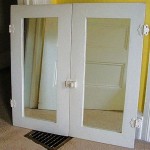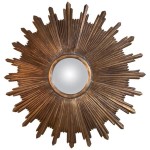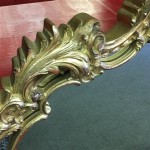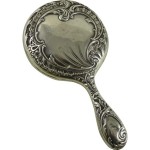How To Mirror iPhone to Macbook Air with USB-C
Mirroring an iPhone's display to a Macbook Air offers numerous advantages, from presenting content on a larger screen to recording device demonstrations. This process can be achieved through several methods, including using a USB-C cable, which often provides a more stable and higher-quality connection compared to wireless options. This article outlines the steps involved in mirroring an iPhone to a Macbook Air using a USB-C connection.
Required Equipment
Successfully mirroring an iPhone to a Macbook Air via USB-C requires specific equipment. First, a USB-C to Lightning cable is essential. Ensure the cable supports data transfer, as some charging-only cables will not work. Secondly, the Macbook Air must possess a USB-C port, which is standard on newer models. Finally, the iPhone should be running a compatible iOS version.
Software and Compatibility
Mirroring via USB-C relies on software compatibility between the iPhone and the Macbook Air. Users need to ensure their iPhone is running a compatible iOS version and that their Macbook Air has the necessary software to recognize and mirror the iPhone's display. While specialized third-party mirroring applications exist, they are typically not required for basic screen mirroring functionality when using a direct USB-C connection.
Mirroring with QuickTime Player
QuickTime Player, a pre-installed application on MacOS, provides a straightforward method for mirroring an iPhone to a Macbook Air. This eliminates the need for additional software downloads or installations. QuickTime Player utilizes the USB-C connection to establish a direct link between the devices, offering reliable screen mirroring.
To begin, connect the iPhone to the Macbook Air using the USB-C to Lightning cable. Unlock the iPhone and, if prompted, trust the connected computer. Next, open QuickTime Player on the Macbook Air. Go to "File" in the menu bar and select "New Movie Recording". A recording window will appear, likely displaying the Macbook Air's built-in camera. Next to the record button, click the dropdown arrow and select the iPhone as the camera and microphone input. The iPhone's display should then appear within the QuickTime Player window, mirroring the content in real-time.
Troubleshooting Connection Issues
Occasionally, users may encounter connection issues when attempting to mirror their iPhone. Several factors can contribute to these issues, including faulty cables, outdated software, or incorrect settings. One of the first troubleshooting steps is to try a different USB-C to Lightning cable. This will help determine whether the original cable is the source of the problem. Additionally, ensure both the iPhone and Macbook Air are running the latest software updates. Restarting both devices can often resolve minor software glitches that might be interfering with the connection.
Optimizing Mirroring Performance
While USB-C mirroring generally provides a stable connection, optimizing certain settings can enhance the mirroring performance. Adjusting the screen resolution on the Macbook Air to match the iPhone's native resolution can prevent scaling issues and improve clarity. Additionally, closing unnecessary applications on both devices can free up system resources, potentially leading to smoother mirroring. If using QuickTime Player for mirroring, ensure the application's settings are configured for optimal performance. This might include selecting the appropriate resolution and frame rate for the mirrored content.
Alternative Mirroring Methods
While this article focuses on USB-C mirroring, it's worth noting alternative methods for mirroring an iPhone to a Macbook Air. AirPlay, Apple's proprietary wireless streaming technology, allows for wireless mirroring. This offers greater flexibility in terms of device placement but can be susceptible to network interference and latency issues. Several third-party applications also provide mirroring functionality, often with additional features like screen recording and annotation tools. Choosing the best method depends on individual needs and preferences.
Security Considerations
When connecting any device to a computer, it's important to be mindful of security implications. Always ensure the connected device is trusted and that the connection is secure. Avoid connecting to unknown or untrusted computers, especially when dealing with sensitive information. Keeping both devices updated with the latest software patches helps mitigate potential security vulnerabilities.
Benefits of Wired Mirroring
Using a wired connection for mirroring, particularly USB-C, offers several advantages over wireless methods. Wired connections generally provide a more stable and reliable mirroring experience, reducing the risk of interruptions or lag. This is particularly important when presenting or demonstrating content where a smooth and consistent display is essential. USB-C also often offers higher bandwidth, enabling the mirroring of higher-resolution content with minimal latency.

Answered 2024 How To Mirror Iphone Mac With Usb

How To Mirror Iphone Mac With Usb Full Guide

5 Easy Steps To Mirror Iphone Mac Istreamer

How To Mirror Your Iphone Mac Ios 16 Macos Ventura

How To Mirror Iphone Display Macbook Ios 12 Macos Mojave

Easy Ways To Connect A Macbook Air Monitor With Usb

Screen Mirroring A Phone Ipad Or Laptop To Tv How Push Your The Big

The Best Macbook Docking Stations For 2024 Pcmag
Usb C Digital Av Multiport Adapter Apple

Best Usb C Hubs And Adapters For Macbook Mac 2024 Macworld








